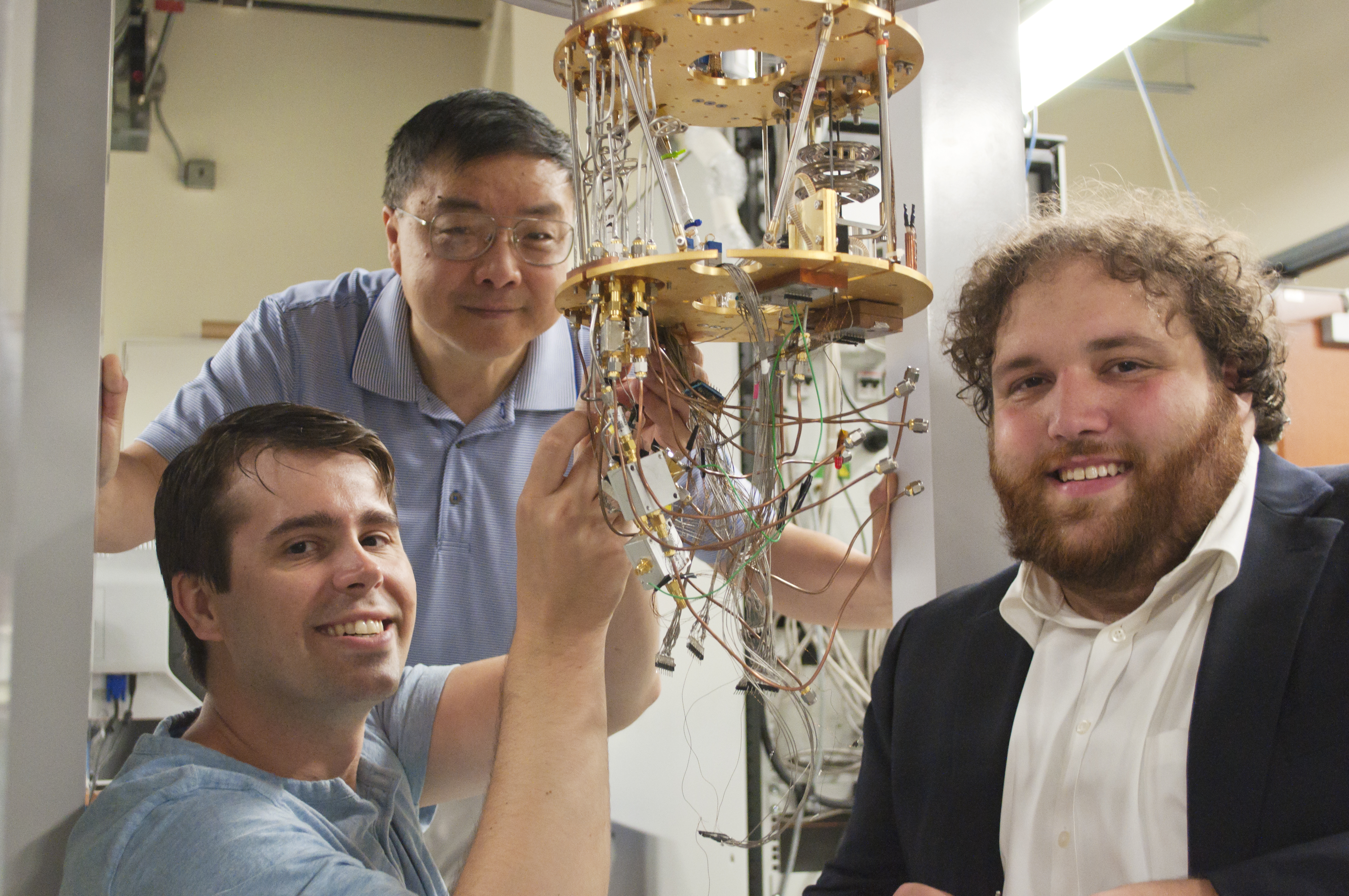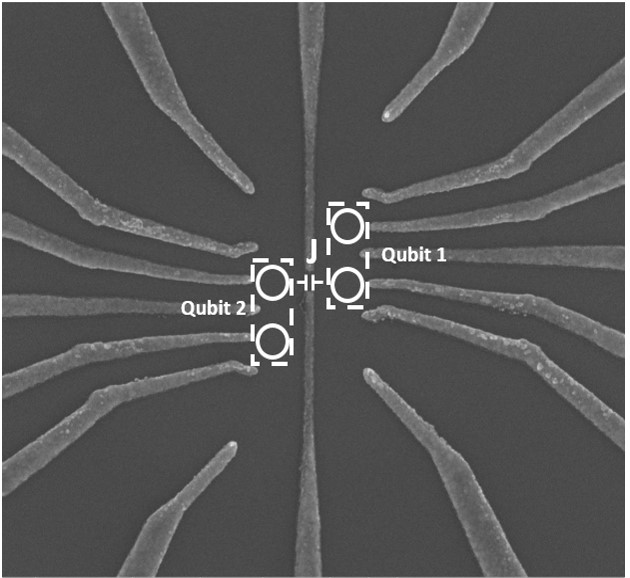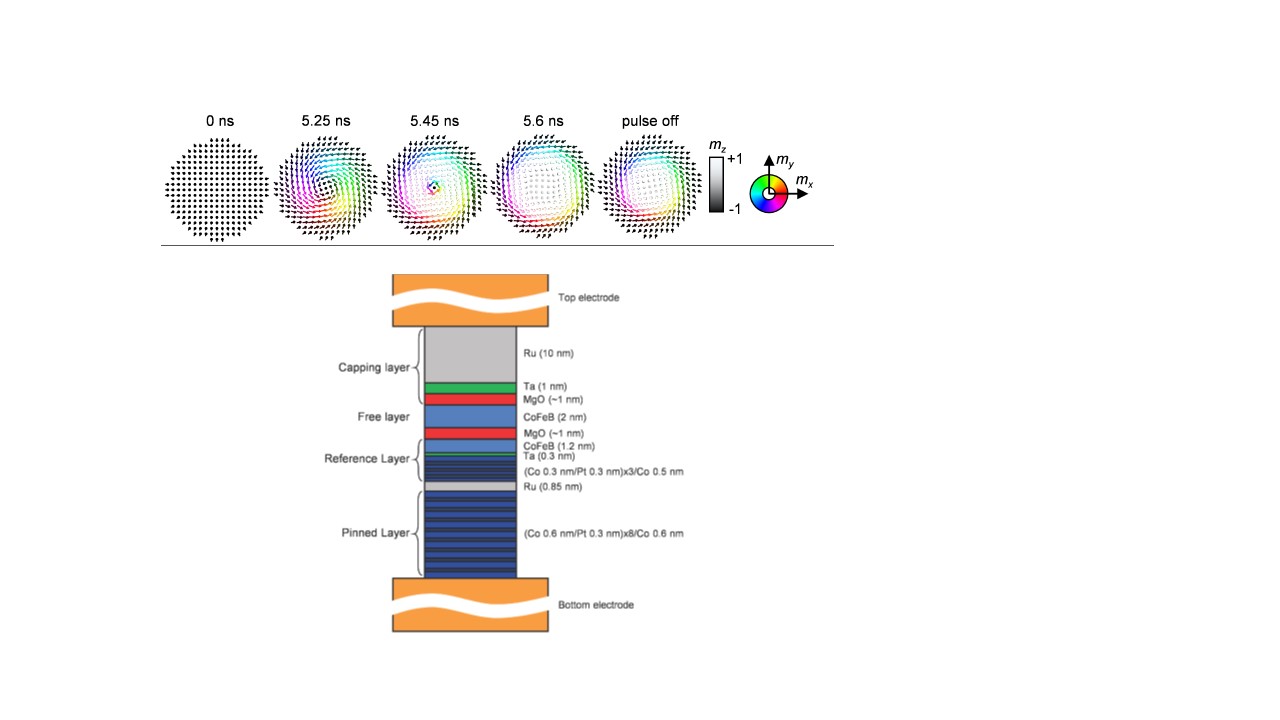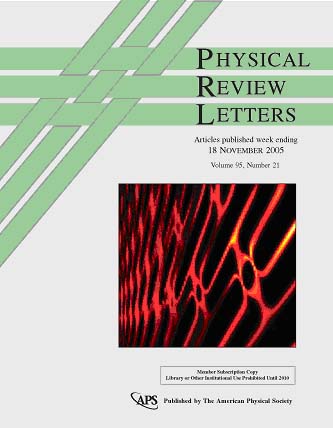

Research
Semiconductor Quantum Dots for Quantum Computing
One of the grand challenges in science and technology today is to build a quantum computer that can perform computation tasks that are unsolvable by classical computers. Semiconductor quantum dots are a leading approach for the implementation of solid-state based quantum computing, as the coherence time of the qubits can be extremely long and various interactions, inherent to semiconductors, can be harvested to precisely control superposition and entanglement. Over the years, Jiang's group has carried out breakthrough research to develop basic building blocks for quantum computation and quantum communications using spin, charge, and other degree of freedoms of individual electrons, as well as photons in semiconductors. For example, the group recently has coherently manipulated and performed projective read-out of a novel qubit that is based on valley states of single electrons, as valley represents another quantum degree of freedom, complementary to that of charge and spin.
Si Quantum Dot Device
Topological Excitations in Magnetic Tunnel Junctions

Movie: electrically-induced skyrmion in a magnetic tunnel junction
Physics of Two-Dimensional Electron Systems
The objective is to gain a fundamental understanding of magnetic-field-induced
delocalization and quantum phase transitions in correlated and disordered
two-dimensional electronic systems. Recent experiments employ electrically
detected NMR (nuclear magnetic resonance) and ESR (electron spin resonance) to
probe spin excitations of two-dimensional electrons in GaAs/AlGaAs and Si/SiGe
heterostructures with two quantized subbands. The research has revealed a rich
phase diagram with intriguing topologies and potentially new electronic phases
due to the interaction of two energy levels with opposite spin and different
orbital (i.e., subband) quantum numbers. The group also conducts
high-sensitivity thermodynamic
measurements, as these
measurements provide a means to probe the many-body ground state properties of
the interacting charge carriers.

Sponsors



